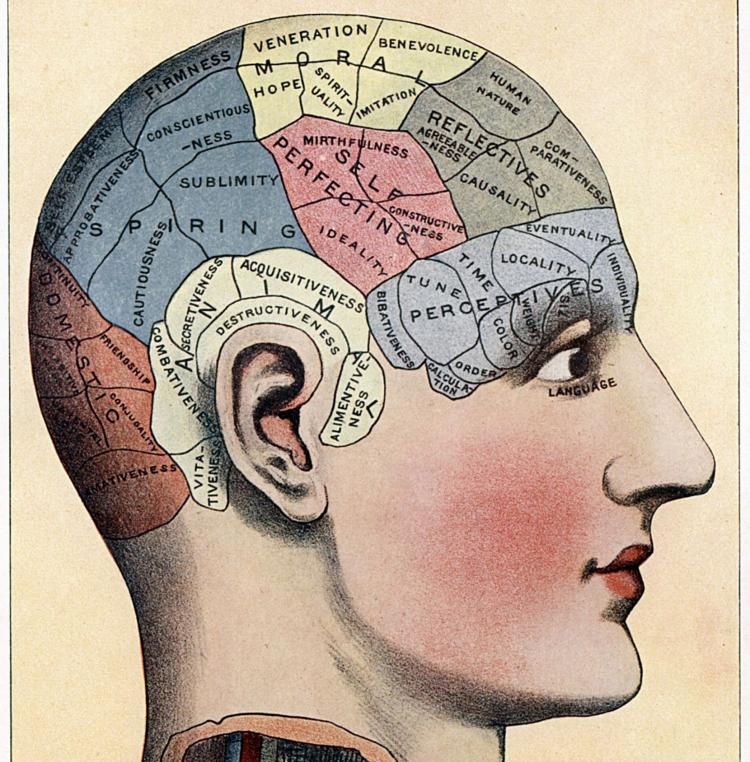
Something, nothing, and everything comes in threes. Enjoy this 9 minute expose on why we conceptualize, organize, and tri-compartmentalize in threes.
”Three is the magic number”
The Book of Threes

Something, nothing, and everything comes in threes. Enjoy this 9 minute expose on why we conceptualize, organize, and tri-compartmentalize in threes.
”Three is the magic number”
The Book of Threes

Do you recall studying for your exams? You probably do. But do you remember how you studied, how you memorized French words or the year of the American civil war? Now, that’s probably harder. As a teenager, Ricardo Lieuw On was packing groceries when he knew what he wanted to study: he wanted to learn about learning. He picked up a study in psychology and learned how to reduce his learning time from 3 hours to 1 hour on the same piece of content. He gained the same knowledge in 200% less time. And specially for TEDxHaarlem, he shares the secret of his technique. This talk was given at a TEDx event using the TED conference format but independently organized by a local community. Learn more at https://www.ted.com/tedx
Source: https://www.youtube.com/watch?v=JsC9ZHi79jo
 There are generally three types of memory:
There are generally three types of memory:
The sensory memories act as buffers for stimuli received through the senses. A sensory memory exists for each sensory channel: iconic memory for visual stimuli, echoic memory for aural stimuli and haptic memory for touch. Information is passed from sensory memory into short-term memory by attention, thereby filtering the stimuli to only those which are of interest at a given time.
Short-term memory acts as a scratch-pad for temporary recall of the information under process. For instance, in order to understand this sentence you need to hold in your mind the beginning of the sentence you read the rest.
Short term memory decays rapidly (200 ms.) and also has a limited capacity. Chunking of information can lead to an increase in the short term memory capacity. This is the reason why a hyphenated phone number is easier to rememeber than a single long number. The successful formation of a chunk is known as closure. Interference often causes disturbance in short-term memory retention. This accounts for the desire to complete the tasks held in short term memory as soon as possible.
Long-term memory is intended for storage of information over a long time. Information from the working memory is transferred to it after a few seconds. Unlike in working memory, there is little decay.